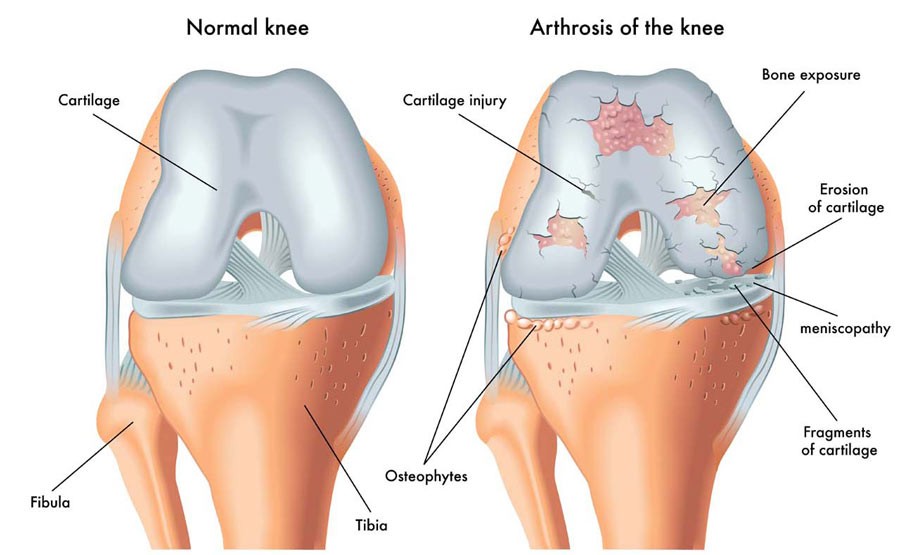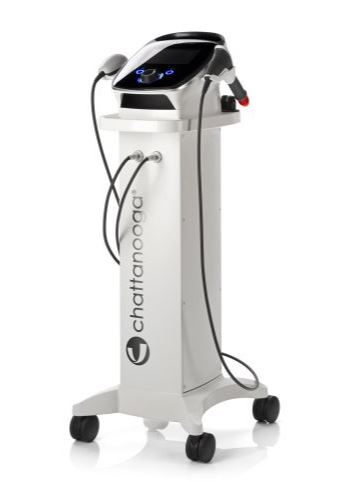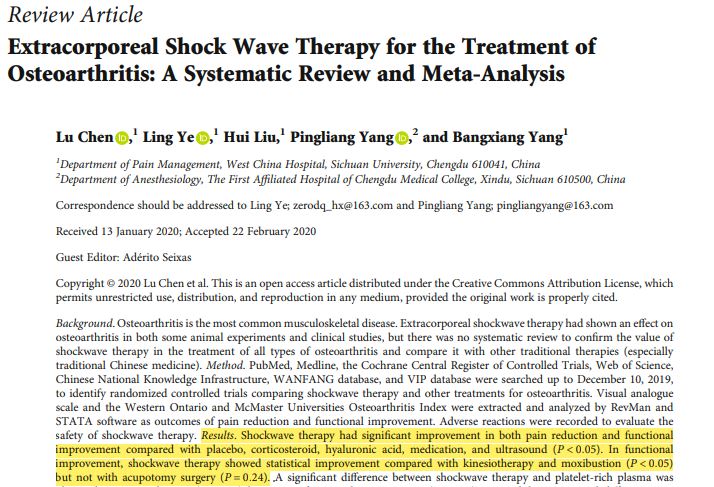Understanding Osteoarthritis and the Emerging Role of Shockwave Therapy
Osteoarthritis (OA) is the most common musculoskeletal condition, significantly impacting global health. According to the Global Burden of
Disease 2010 study, OA ranks as the 11th highest contributor to disability worldwide and the 38th in disability-adjusted life years (DALYs).
It affects approximately 18% of women and 10% of men over 60, with those diagnosed facing higher mortality rates than their peers.

OA arises from complex pathological processes involving local and systemic factors like cytokines, chemokines, inflammatory mediators, and products of matrix degradation. These elements contribute to damage across various joint structures, including the synovium, cartilage, subchondral bone, periarticular muscles, and ligaments. This damage manifests as pain, stiffness, and decreased mobility, ultimately leading to disability.
Current Treatments for Osteoarthritis
The medical management of OA includes both surgical and nonsurgical approaches. Nonsurgical options range from intra-articular injections and medications to physical therapy. However, reversing joint damage remains a significant challenge, emphasizing the need for innovative treatments that can effectively relieve pain, improve functionality, and slow disease progression.
Extracorporeal Shockwave Therapy: A Promising Innovation
Extracorporeal shockwave therapy (ESWT) is an emerging technique that offers hope for OA patients. This noninvasive treatment involves delivering single-impulse acoustic waves to targeted areas using pneumatic, electrohydraulic, electromagnetic, or piezoelectric generators. Research suggests that ESWT has beneficial effects on articular cartilage and subchondral bone development, neovascularization, tissue regeneration, and inflammation.

ESWT has already shown success in treating various musculoskeletal conditions, including tennis elbow, plantar fasciitis, tendon disorders, and nonunion fractures. Its noninvasive nature, low complication rate, and affordability make it an appealing alternative to more invasive or traditional treatments.
ESWT and Osteoarthritis: Expanding the Scope
While several systematic reviews have explored the effectiveness of ESWT in treating knee OA, its potential across other types of OA, such as carpometacarpal joint OA, remains underexplored. Furthermore, comparisons between ESWT and traditional therapies, including traditional Chinese medicine, are limited. These gaps underscore the need for comprehensive studies to validate the broader application of ESWT and establish its position in the spectrum of OA treatments.
Conclusion
As OA continues to be a significant global health challenge, innovative treatments like ESWT offer a beacon of hope. By further investigating its efficacy across various OA types and comparing it to established therapies, the medical community can uncover new avenues to enhance the quality of life for those living with this debilitating condition.
What Does The Research Show?

